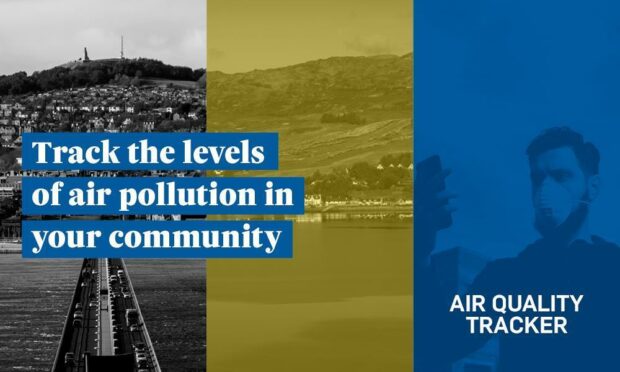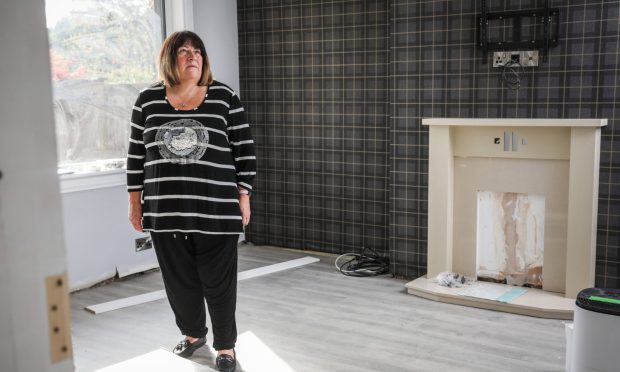Our air quality tracker gives you at-a-glance updates about air pollution levels in Scotland.
Here we explain what the data means and why we should be concerned about what we’re breathing in.
Why measure air quality in Scotland?
Air pollution can cause short and long term health problems. It has even been linked to shortened life expectancy.
Although air quality is generally good across Scotland, there can be spikes of pollution in urban areas.
Responsibility for tackling air pollution is devolved to the Scottish Government, which has set out the ambitious target of achieving the cleanest air in Europe.
Here we outline the standards set out by the government and explain why these limits have been set.
We have included data for small airborne particles and nitrogen dioxide, which are some of the major causes of air pollution.
Air pollution in my area:
PM2.5 particles
You will see data included for what are called PM2.5 particles.
These are airborne particles that have a diameter of 2.5 micrometres or microns – that’s a millionth of a metre – or less.
To put that in perspective, the largest particles in this category would be just 3% the width of a human hair.
These particles are of particular concern because they have the potential to get deep into the lungs, and even pass into the bloodstream. PM2.5 particles have been linked to cancers.
It is estimated that 17% of all PM2.5 particles are produced by domestic wood burning.
Other sources include construction, industry and car exhaust fumes.
Under current policy in Scotland, concentrations should not exceed an annual average of 10 microgrammes (µg) – a microgramme is a millionth of a gramme – per cubic metre.
The charts below show the levels in Tayside and Fife, and across Scotland.
PM10 particles
Airborne particles with a diameter of 10 microns or less are also a concern.
Also produced as a result of combustion and industry, they have the ability to lodge deep inside the lungs.
These should not exceed an average of 50 µg per cubic metre over 24 hours on more than seven occasions over the course of a year.
And the annual average reading for these particles should be no more than 18 µg per cubic metre.
The below charts show the levels in Tayside and Fife, and across Scotland.
Nitrogen dioxide
Burning fossil fuels produces nitrogen dioxide, also written as NO2.
So it’s created when we drive petrol or diesel cars, or use gas to cook and heat our homes.
It is also produced by fossil fuel burning factories.
According to the Department for Environment, Food and Rural Affairs, high levels can inflame the airways.
It can also worsen symptoms for people with asthma.
NO2 concentrations should not exceed an hourly average of 200 µg per cubic metre more than 18 times a year.
The maximum annual average NO2 reading should not exceed 40 µg per cubic metre.
The charts below show the levels in Tayside and Fife, and across Scotland.









